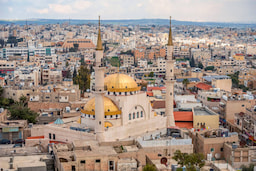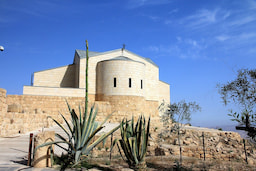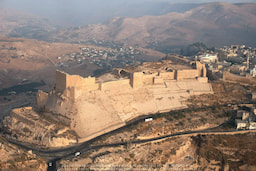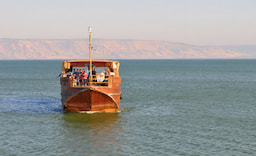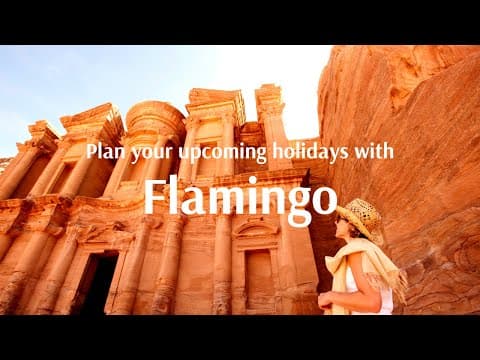- Home
- International Tour Packages
- Israel - Jordan
- Dreams Of Jordan
Dreams Of Jordan
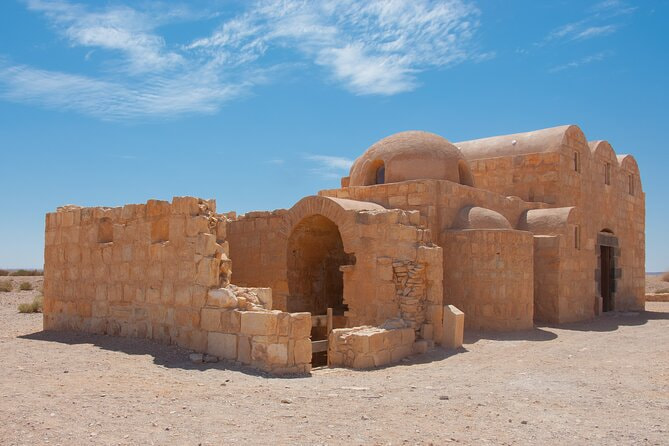
Cities : Amman (3N),Petra (1N),Wadi Rum (1N),Sweimeh Dead Sea (1N)
Sightseeing
- A Short Horse Ride From The Main Gate Till The Beginning Of The Siq
- Wadi Rum Petra
- Amman City Tour
- Desert Castle
- Ajloun Castle
- Visit To Madaba
- Mount Nebo
- Kerak Castle
- Visit Jerash Site & Dead Sea
- Bedouin Jeep Tour 2 Hours
Meals
- 6 Breakfast
- 1 Dinner
Day wise travel itinerary
- Day 1 :Arrival - AmmanAirport pick up from Queen Alia International Airport with Meet & Assist service through our representative, transfer to Amman hotel for check in. Overnight stay in Amman. (As per Flight Time).
- Day 2 :Amman - Amman City Tour - Desert Castel - AmmanAfter breakfast, start Tour the downtown part of capital city Amman for 2 hours, visiting sites and museums including the Archeological Museum, the Folklore Museum, The citadel, and the Amphitheatre. Everywhere you look there is evidence of the city's much older past (Museums are closed on Tuesday), Proceed to the Eastern Desert to visit Al Kharraneh Castle, Amra Castle (a UNESCO World Heritage site), and Al Azraq Castle where Lawrence of Arabia resided and wrote part of his book “Seven Pillars of Wisdom”. Overnight stay in Amman
- Breakfast
- Day 3 :Amman - Jerash - Ajloun - AmmanAfter breakfast, we head to visit the ancient Roman city of Jerash, including the paved and colonnaded streets, soaring hilltop temples, theatres, spacious public squares and plazas, baths, fountains and city walls. Proceeding to northern Jordan to visit one of the most important ecological and historical sites in the Middle East; Ajloun. Ajloun Castle (Qal’at Ar-Rabad) is a fine example of Islamic architecture as it was built by Saladin’s general in 1184 AD to control the iron mines of Ajloun, and to counter the progress of the Crusaders by dominating the three main routes leading to the Jordan valley and protecting the communication routes between Jordan and Syria. Overnight stay in Amman
- Breakfast
- Day 4 :Amman - Madaba - Nebo - Kerak - PetraAfter breakfast, depart to Wadi Musa City via kings high way visiting Madaba, Mount Nebo and Kerak Castle en route, arrive to Petra for check in, overnight in Petra Hotel. Madaba, a city best known for the famous 6th century Mosaic map of Jerusalem & Holy Land and for its spectacular Byzantine and Umayyad mosaics and visit of St. George’s church, Mount Nebo - Moses Mountain, situated 10 kilometers west of Madaba, overlooking the Jordan Valley, Dead Sea, West Bank and Jerusalem, where believed the alleged sites of the tomb of Moses.,Last stop is Kerak Castle is a Crusaders’ Castle built on a triangular plateau dating back to the 12th century. Overnight stay in Petra
- Breakfast
- Day 5 :Petra Visit - Wadi RumAfter breakfast, Visit the Nabatean Red Rose city of Petra, one of the 7 world wonders and a UNESCO World Heritage site. Enter the city through 1KM long narrow gorge which is flanked either side by 80m high cliffs! Notice the dazzling colors and formations of the rocks. The site is massive, and contains hundreds of elaborated rock-cut tombs, a treasury, Roman-style theatres, temples, sacrificial altars and colonnaded streets. We head further down in southern Jordan to visit other significant sites including Wadi Rum. Dinner & Overnight stay in Wadi Rum
- Breakfast
- Dinner
- Day 6 :Wadi Rum Jeep Ride - Dead SeaExplore Wadi Rum on a 02 hours jeep ride into the Jordanian desert! Wadi Rum was best described by T.E. Lawrence as “Vast, echoing and god-like”, and by the locals as “Valley of the Moon”. Then proceed to the Dead Sea, the lowest point on earth deep in the Jordan Valley and 55 km southeast of Amman, is the Dead Sea, one of the most spectacular natural and spiritual landscapes in the whole world. It is the lowest body of water on earth, the lowest point on earth, and the world's richest source of natural salts, hiding wonderful treasures that accumulated throughout thousands of years. Overnight stay in Dead Sea
- Breakfast
- Day 7 :Dead Sea - QaiaAfter breakfast, departure from Dead Sea via Queen Alia international Airport), to your next destination. (3:30 hours before each flight time).
- Breakfast
Sightseeing

A Short Horse Ride From The Main Gate Till The Beginning Of The Siq

Wadi Rum Petra
Wadi Rum is a protected desert wilderness in southern Jordan. It features dramatic sandstone mountains like the many-domed Jebel Um Ishrin, and natural arches such as Burdah Rock Bridge. Many prehistoric inscriptions and carvings line rocky caverns and steep chasms, such as Khazali Canyon. The natural watering hole of Lawrence’s Spring is named after British soldier Lawrence of Arabia, who allegedly washed there.
Various human cultures have inhabited Wadi Rum since prehistoric times, with many cultures–including the Nabataeans–leaving their mark in the form of petroglyphs, inscriptions, and temple ruins. Currently, the majority is made up by the Zalabieh Bedouins who arrived to the region around 1980. The word "Bedouin" comes from the Arabic word for desert, pronounced badiya in the Arabic language. The root of this word is bad’a, which translates to "clear" and "obvious" in Arabic. One central characteristic for Bedouin tribes is the sense of belonging that tribe members feel.
When they first arrived, the Zalabieh bedouins lived in tents. Their village held about 700-800 people. 80% of those people were either retired from the army or the police.
The camel is the favorite animal of the Zalabieh bedouins. It is a symbol for male pride. Camel racing is an important sport for the Bedouins. These races allow Bedouins to engage in male competition, and establish manhood and power within the community.
Wadi Rum was documented by British officer T. E. Lawrence, who passed through several times during the Arab Revolt of 1917–18.In the 1980s one of the rock formations in Wadi Rum, originally known as "Jabal al-Mazmar" (The Mountain of (the) Plague), was named "The Seven Pillars of Wisdom," after Lawrence's book penned in the aftermath of the war, though the 'Seven Pillars' referred to in the book have no connection with Rum.
Lawrence described his entrance into the Valley of Rumm: "The hills on the right grew taller and sharper, a fair counterpart of the other side which straightened itself to one massive rampart of redness. They drew together until only two miles divided them: and then, towering gradually till their parallel parapets must have been a thousand feet above us, ran forward in an avenue for miles. The crags were capped in nests of domes, less hotly red than the body of the hill; rather grey and shallow. They gave the finishing semblance of Byzantine architecture to this irresistible place: this processional way greater than imagination."
Lawrence also described his encounter with the spring, Ain Shalaaleh, "On the rock-bulge above were clear-cut Nabathaean inscriptions, and a sunk panel incised with a monogram or symbol. Around and about were Arab scratches, including tribe-marks, some of which were witnesses of forgotten migrations: but my attention was only for the splashing of water in a crevice under the shadow of the overhanging rock. I looked in to see the spout, a little thinner than my wrist, jetting out firmly from a fissure in the roof, and falling with that clean sound into a shallow, frothing pool, behind the step which served as an entrance. Thick ferns and grasses of the finest green made it a paradise just five feet square."
The discovery of the Nabataean Temple (located walking distance from the Rest House) in 1933 briefly returned the spotlight to the desert. A French team of archaeologists completed the excavations in 1997.
Gallery
- boat ride on the sea of galilee
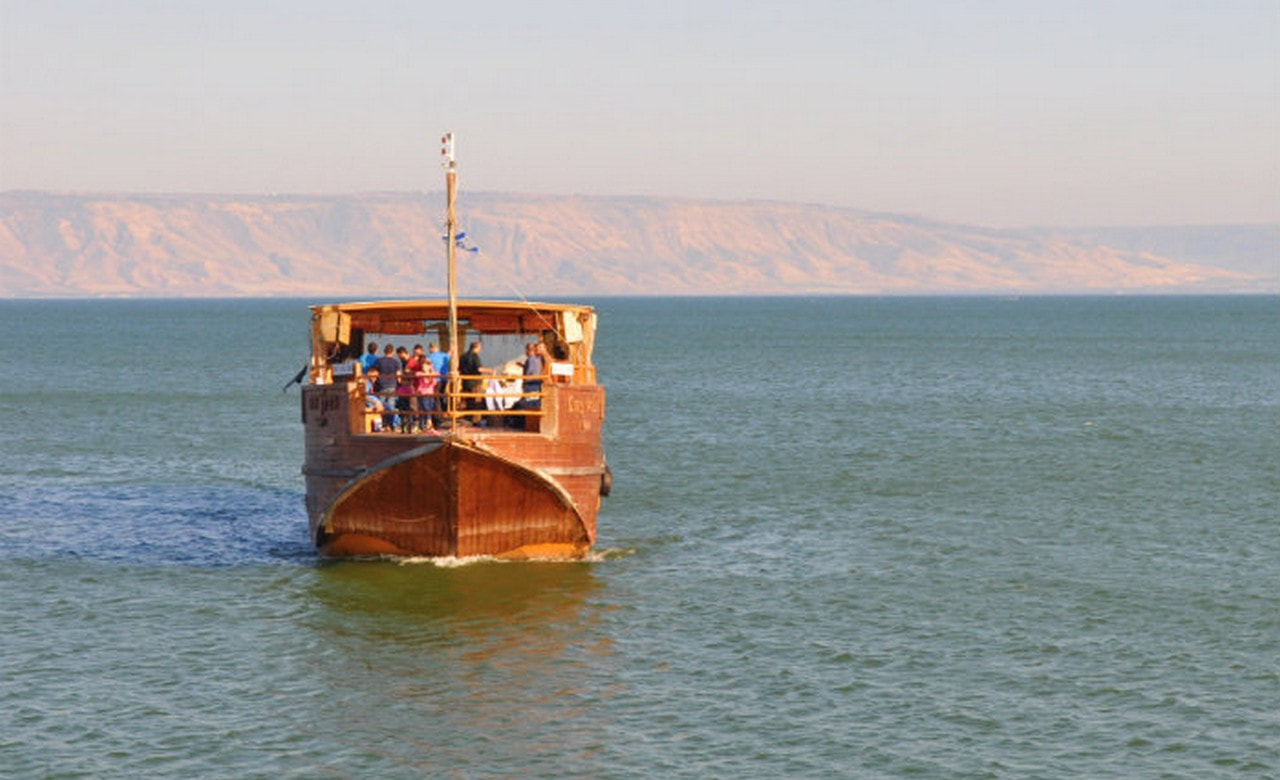
- Amman City Tour

- Desert Castle

- Visit Wadi Rum with Jeep Safari

- Visit To Madaba
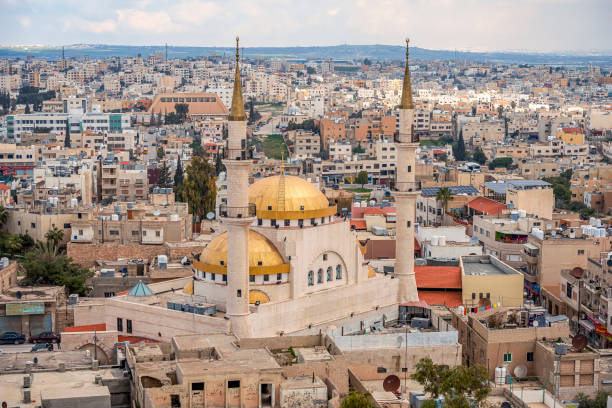
- Mount Nebo - Madaba
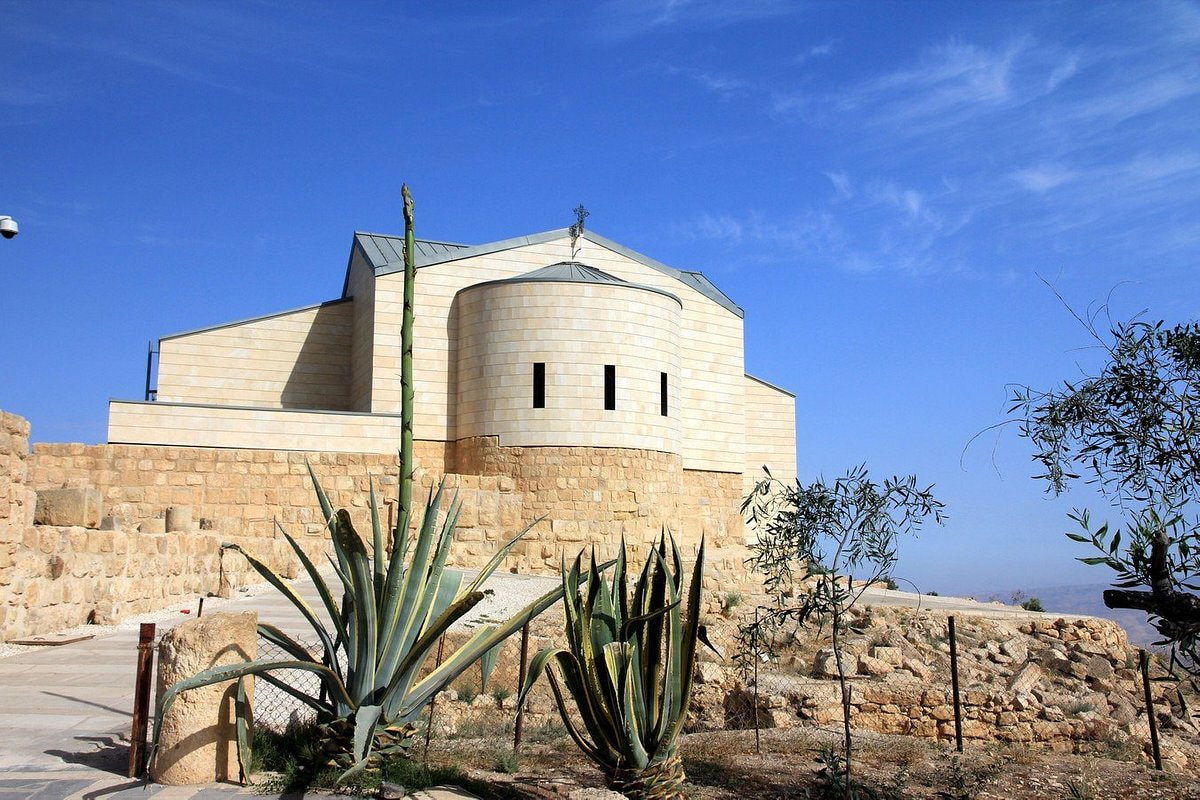
- Kerak Castle
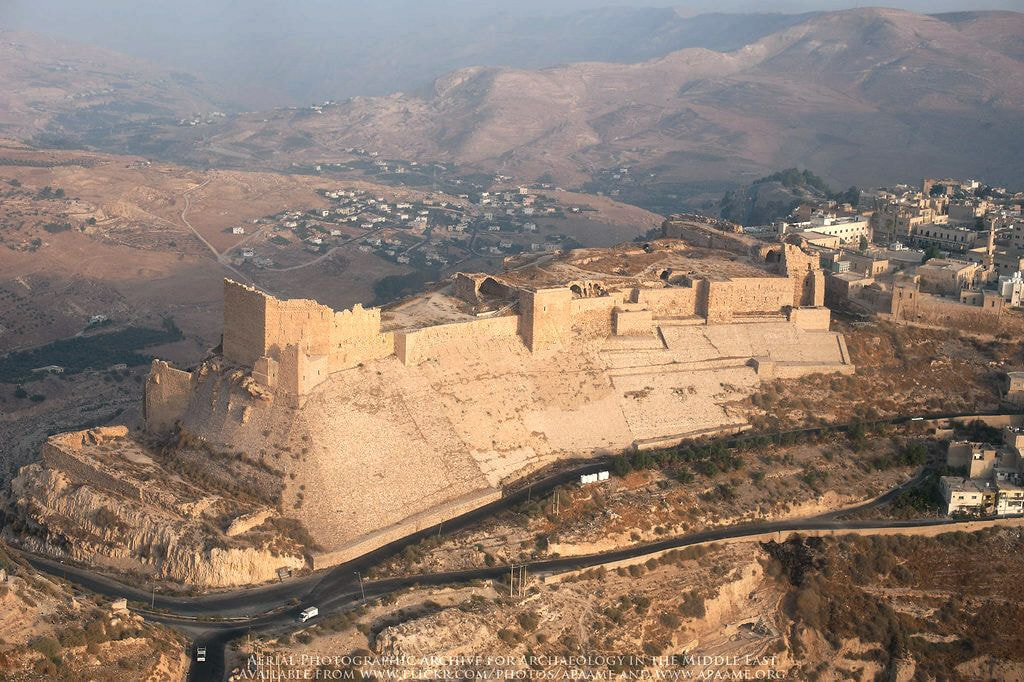
- boat ride on the sea of galilee

- Amman City Tour

- Hotel
per person



